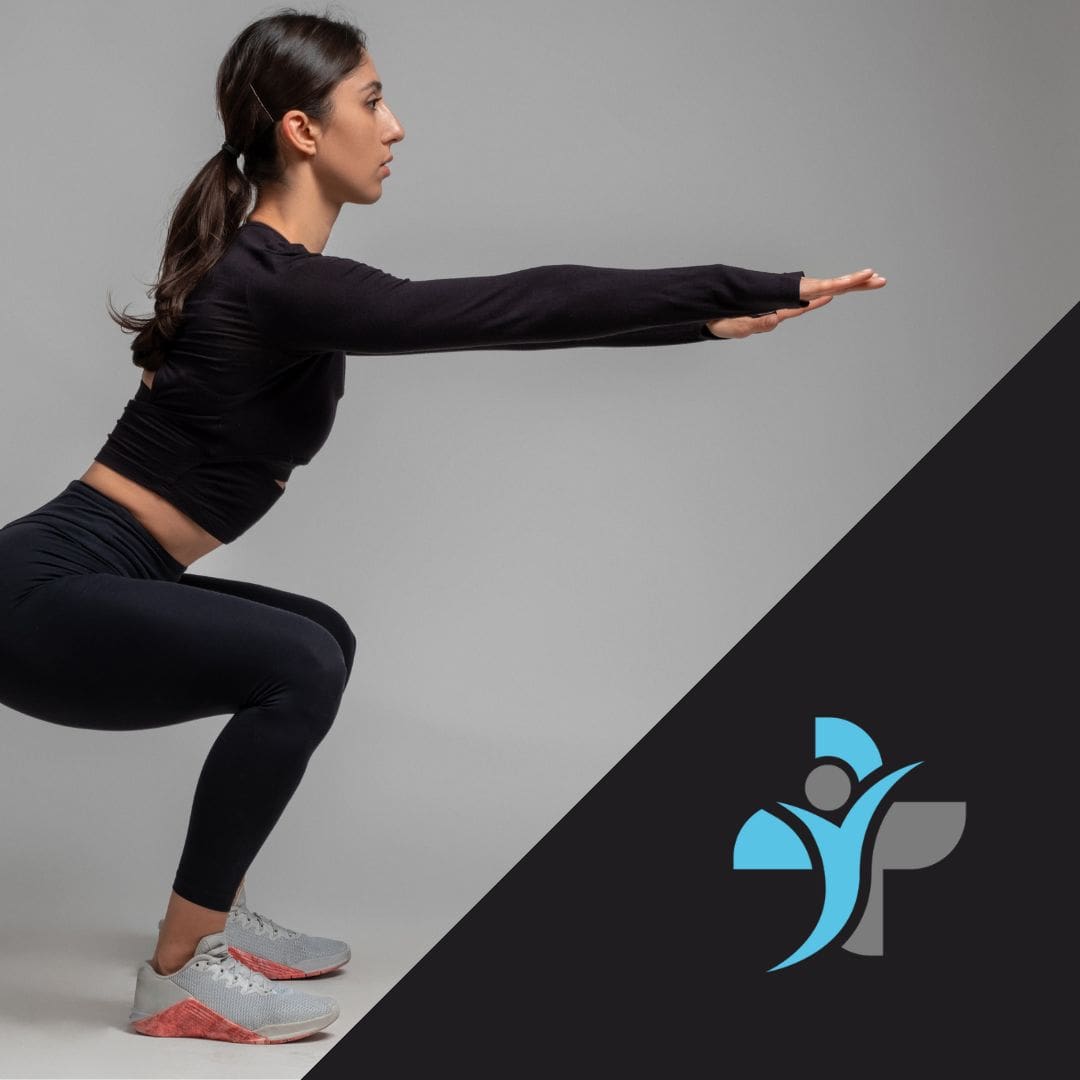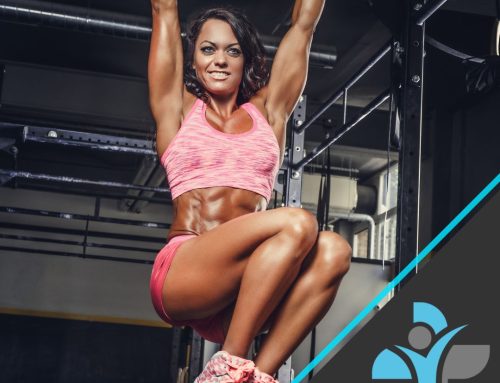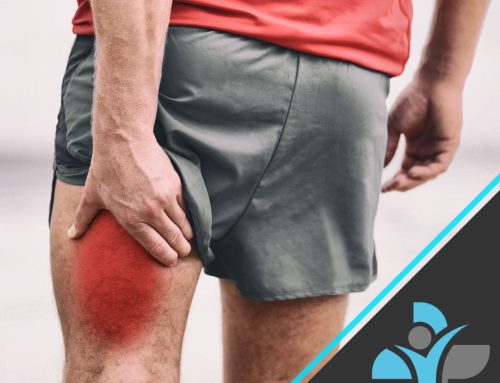
The Perfect Squat
Anyone can squat. Anyone. There’s no preparation required and it’s an exercise that our bodies can naturally do – ever crouched to the lower parts of a bookshelf? Bent down to pick something up? Those both use the same muscles as squats do, except that they’re just part of our everyday life and so don’t work your body in the same way as specific warm-up squats do.
Considering we probably do multiple squatting variants every day, you’d think that it’d be easy to do one correctly on demand, or when needed. Well, you thought wrong. (Sorry.)
There’s a lot of debate about ‘the perfect squat’, and it is talked about as if it’s a mythical creature or a rarity that we can only hope to achieve. As a full-body fitness staple that works not only your glutes and quads, but your hips, hamstrings and core too, it’s important to perfect this go-to move in order to stop wasting your workouts and get the most out of your exercise. So, how do you perfect the correct squat?
To begin, you’ll need to perfect the basic ‘body weight squat’ – after all, you couldn’t decorate a cake without baking one in the first place (unless you intend to eat it straight away, in which case it will be well-deserved after these squats). Workout techniques are no different; you need to properly establish a foundation before you can begin to build on it to avoid injuries and strains.
- Start in a neutral position, with your feet a little wider than shoulder-width apart, and keep your legs firm and straight without locking your knees into place. Roll your shoulders back, as hunching over or bending will put too much strain on your lower back.
- With your palms facing down, extend your arms out as straight as you can get them and keep them parallel with the ground.
- Inhale, and bring your hips backwards as you bend your knees down into the squat. As your hips and pelvis start to move back, keep your shoulders upright and your back straight, and your head facing forward. This will ensure that your spine stays in a neutral position.
- Go as low and deep as your flexibility allows; try and get your hips to sink past your knees, if you can.
- Keeping your body weight in your heels, push yourself back up into your neutral standing position as if you’re about to spring off the floor (but without your feet leaving the ground, obviously).
Your basic-yet-perfect correct squat, detailed there in five easy-to-follow steps. These are great to use anywhere and to warm-up before any workout, or even as just a low-intensity form of exercise. Beginners shouldn’t add any extra weight, but once you’ve got the hang of the basic squat, you can start to incorporate some equipment into them for a more effective workout. Try holding a medicine ball/kettle bell/dumbbell to your chest and drop your elbows between your knees as you lower yourself into a squat – this would be great for those who cannot achieve deeper squats as lowering yourself and pushing your hips out back isn’t required.
After doing all those squats day after day – because now that you know the proper technique, there’s really no excuse for you to not be smugly squatting in front of the mirrors at the gym – you may find that you ache a little. That’s normal and shows that you’re making progress in strengthening your core, building up your balance and coordination, and improving your overall fitness levels. If you want to know more about correct technique or would like professional advice from one of our personal trainers then please get in touch. Furthermore, if you are including squats into your regime and they are causing you some aches and pains, then we can help there too with our specialist sports massage service. For more information on how these types of massage could help you, contact us on 07939 212 739 or drop us an email at info@livewellhealth.co.uk



